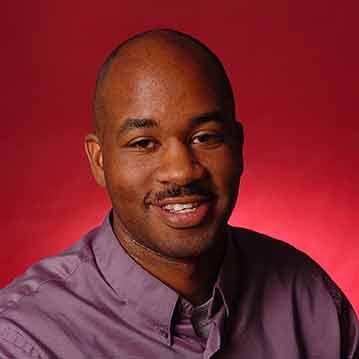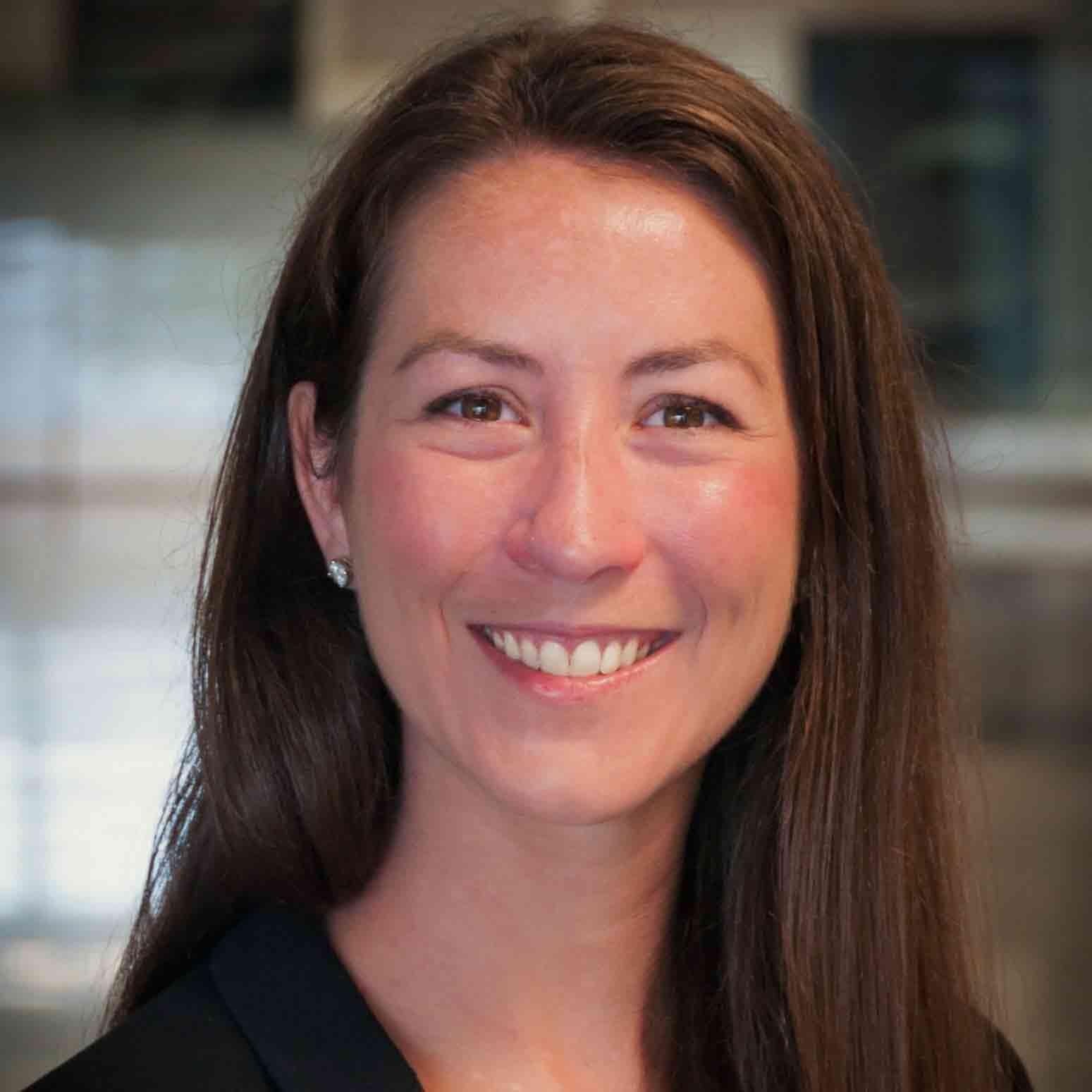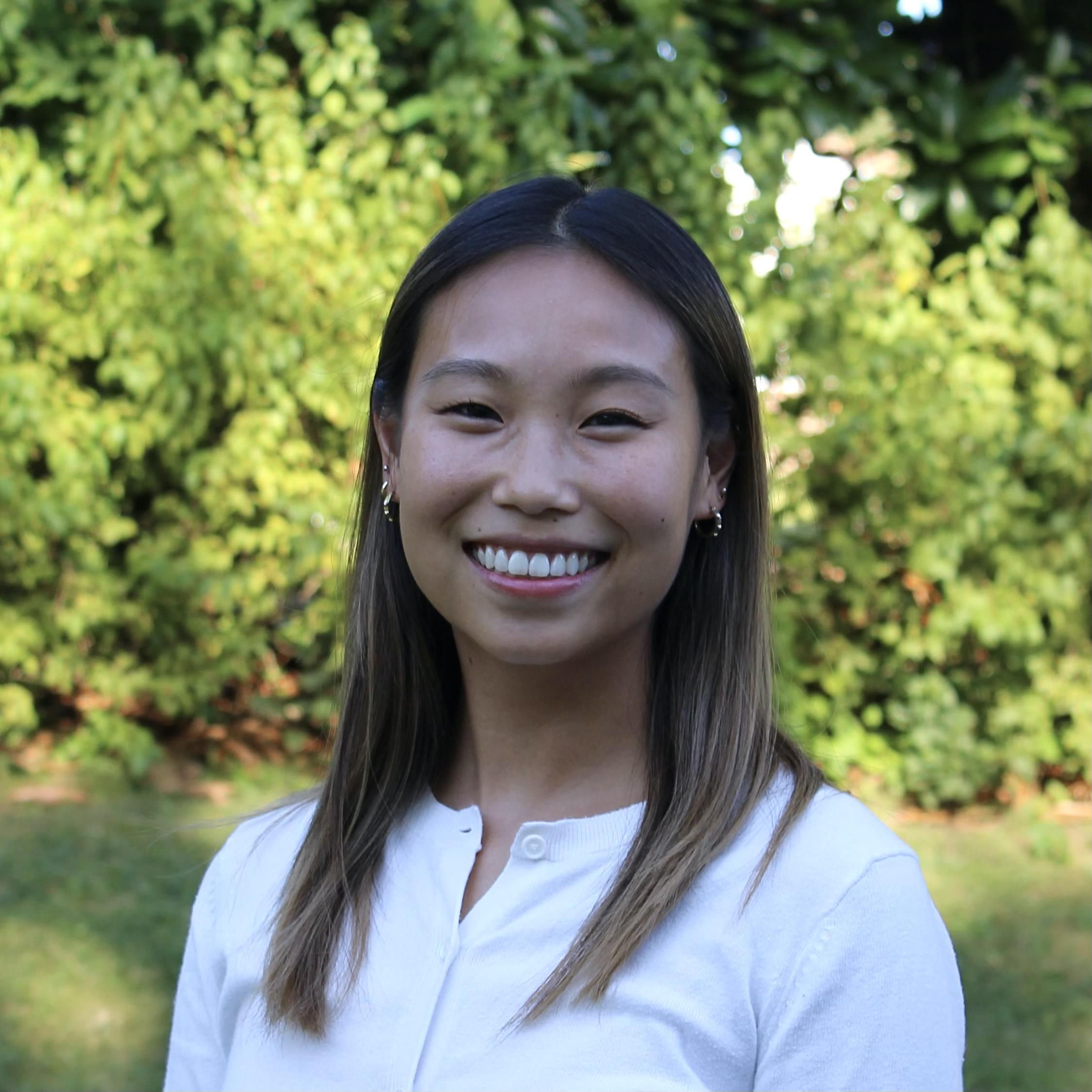Arts
Examining the role of The Arts as a catalyst for healing, transformation and action
Introduction
The practice of Art—in its infinite forms, functions and implications—is the most accessible and universal way of constructing meaning out of the world we inhabit.
Our Philosophy: The Arts are not just for experts. They are not solely for the enjoyment of the elite. They are not a superfluous extravagance. The Arts are for us all, expert and novice alike. They are not just an end in and of themselves, but a means. They shape, and are shaped by the world we inhabit.
Students in the Arts Scholars program gain a deeper understanding of the impact of art as a means to explore society and culture against the backdrop of our individual differences and shared experiences.
What you can expect: No matter your major, area of artistic interest, or skill level, as a member of our community, you will be challenged to strengthen your personal artistic skill set, experiment with new and different art forms, and gain a deeper understanding of the value of the arts in our personal and collective lives. We will investigate the power of the arts to:
- Communicate difficult concepts
- Advocate for social change
- Investigate the human experience
- Explore our own identities
- Develop our capacities as creative problem solvers and critical thinkers
- Reinforce, but also upend existing systems of inequality and oppression
Colloquium and Lecture Topics
Through a mix of lectures, discussions, demonstrations, collaborative art-making and interactions with guest artists, students consider:
- What is art? What is “good” art? Understanding social definitions of art and their influence on our beliefs of what should or should not be considered art.
- What does research look like in The Arts? Exploring common methods of research aligned with professional artistic practice.
- How have The Arts legitimated and perpetuated systems of inequality across race, socio-economic status, gender, etc.? Conversely, how can we leverage The Arts to generate equity and belonging? How can The Arts reshape or recontextualize understanding of our (individual and societal) learned history, biases and beliefs?
- West African djembe: Exploring the role of music in community building, storytelling and cultural understanding.
I have been challenged to think differently, work cooperatively, embrace creativity and, most importantly, go beyond the limits I have set for myself. Because of this program, I can confidently say I feel infinitely more prepared for the “real world,” and for that confidence and growth, I could never be more grateful.
Other Learning Opportunities
A variety of learning opportunities supplements the Arts curriculum. As an Arts Scholar, you will be introduced to artists, professional ensembles and world-class institutions each semester, through workshops led by guest artists; attendance at live performances in Washington, DC, New York City and on campus; and visits to the Smithsonian's renowned art and history museums.
In addition, you will get a chance to:
- Conceptualize, execute and present a capstone project of your choosing during your second year;
- Participate in service-learning with local schools and arts nonprofit organizations; and
- Cultivate valuable leadership and communication skills through peer mentoring and peer teaching opportunities.
Curriculum Overview
Over the two-year program experience (four semesters), students will complete up to 6 credits of supporting courses that will count toward your Arts Scholars citation. In most cases, these will also fulfill General Education requirements. Note that your Scholars courses—colloquiums, capstone practicum and supporting courses—will generally be in addition to any courses you take to satisfy major requirements.
The following represents a typical two-year curriculum, but individual schedules may vary. Details about courses and requirements can be found on the Arts Citation Checklist.
| SEMESTER | COURSE | CREDITS |
|---|---|---|
| Semester 1 | CPSA 100: Colloquium I | 1 credit |
| Semester 2 | CPSA 101: Colloquium II | 1 credit |
| Semester 3 | CPSA 200: Colloquium III | 1 credit |
| Semester 4 | CPSA 201: Colloquium IV | 1 credits |
| CPSA 240: Service Learning; or CPSA 250: Research (DSSP); or CPSA 260: Peer Teaching (DSSP) |
2 credits 2 credits 2 credits |
|
| Semester 1, 2, 3, or 4 | Supporting Course (var. Gen Ed) Supporting Course (var. Gen Ed) Supporting Course (DVUP or DVCC) |
3 credits 3 credits 1-3 credits |
Sponsoring College
Faculty



The Diamondback: UMD students' dance workshop highlights Japanese Butoh style, May 2022
Arts News
Three Scholars Named ODK Top Ten Freshmen
Omicron Delta Kappa (ODK) is a nationally recognized leadership honor society. The Sigma Circle of Omicron Delta Kappa Leadership Society annually recognizes the Top Ten Freshmen of the University of Maryland.
Strengthening Communities, a Course at a Time
Civic Engagement Across the Curriculum at UMD (CEAC at UMD), a pilot professional development program, supported 12 instructors, including several College Park Scholars program directors and staff, from seven schools and colleges as they integrated community-focused strategies and experiences into more than 20 courses serving over 1,000 students, in disciplines as varied as art, kinesiology and sociology, during the fall and spring semesters. College Park Scholars in the CEAC at UMD 2024-25 Cohort:
Do Good, Win Big
An organization, represented by a College Park Scholars alum, working to ensure surplus food doesn’t go to waste took one of the $10,000 top prizes at the University of Maryland’s 13th annual Do Good Challenge last week.Four other finalists, including another Scholars alum, shared in another $20,000 in prize money awarded at the pitch competition, which drew more than 500 students, staff, faculty, and community members to the Samuel Riggs IV Alumni Center to hear teams’ ideas about how to make the world a better place.
UNWIND Magazine Returns to Highlight Media Scholars, Campus Life at UMD
COLLEGE PARK, MD – After a hiatus driven by the COVID-19 pandemic, UNWIND Magazine is back with a pilot issue that showcases the talent of University of Maryland (UMD) Media, Self and Society (Media) Scholars and offers a fresh perspective on life on and around campus. Written and produced by students, the relaunched UNWIND brings a new look and lively content that dives into the heart of the Terp experience.The pilot issue features a diverse range of stories and visuals, including:
Pair of Scholars Advance to Do Good Challenge Finals
Anticipation continues to build as 2025 Do Good Challenge finalists prepare to take to the stage in the annual pitch competition for a share of more than $40,000 in prizes. On Tuesday, April 22, the finalists will share more about their work and impact with an audience of hundreds and a panel of expert judges. The teams were selected from groups and organizations across campus that are tackling issues ranging from providing health education to reducing health disparities around the world to educating low-income youth on how to become entrepreneurs. This is the 13th annual Do Good Challenge hosted by the Do Good Institute, based in the School of Public Policy.
STS Alums Shine at Lockheed Martin Ethics in Engineering Competition
At Lockheed Martin's Ethics in Engineering annual case competition, academic institutions, each represented by a two-student undergraduate team and accompanying faculty, present their solutions to a fictional case involving ethical, business and engineering dilemmas. In addition to the hands-on opportunities for students to learn about Lockheed Martin and its technologies, the annual event compels students to think about the importance of ethics in the workplace and the various real-life dilemmas that can arise, especially in the multifaceted and fast-paced world of technology.

